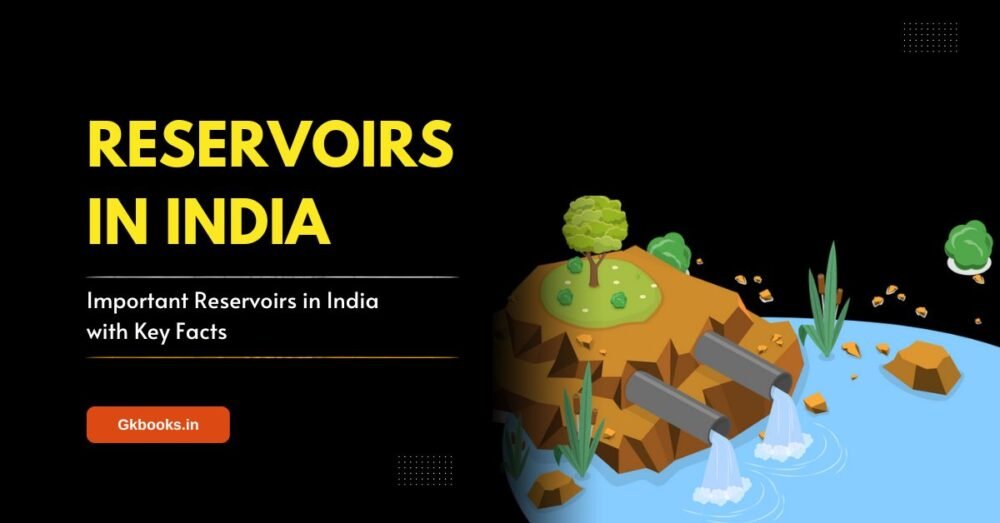✅ Explore the Complete List of Indian Geography Topics
Kuttanad: Key Insights
- Kuttanad is located in Kerala, India, mainly within the districts of Alappuzha, Kottayam, and Pathanamthitta.
- It is part of Kerala’s backwaters, an interconnected network of canals, rivers, and lakes.
- Historically, it was the capital of Uthiyan Cheralathan’s Chera dynasty during the Sangam period.
- Kuttanad is below sea level, around 2 to 3 meters under sea level.
- Known as the “Rice Bowl of Kerala” for its extensive rice cultivation.
- The region produces 20% of Kerala’s rice output.
- Paddy fields are reclaimed from Vembanad Lake and consist of padasekharams (rice fields) separated by bunds and channels.
- Farming techniques like Biosaline Farming are used in Kuttanad.
- Kuttanad’s paddy cultivation is recognized as a Globally Important Agricultural Heritage System (GIAHS) by the FAO.
- Flooding, saline water intrusion, and sedimentation in the Vembanad Lake are significant challenges.
- The Thottapally Spillway helps manage flooding, and a saltwater regulator controls saline intrusion.
- Infrastructure development, like granite bunds, has impacted the environment.
- Kuttanad’s agriculture has evolved with innovative water management techniques.

Follow our Facebook or Instagram page for more infographics like this one about Vembanad Lake.





